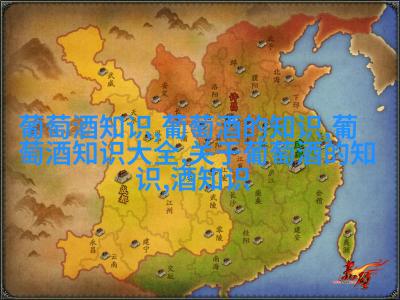A Comparative Analysis of Lai Mao Wine Prices Across Different Distribution Channels

Introduction
Lai Mao wine, a renowned brand in the Chinese wine industry, has been gaining popularity globally for its exquisite taste and high quality. As a result, various distribution channels have emerged to cater to different consumer segments. However, the prices of Lai Mao wine across these channels differ significantly. This article aims to compare and analyze the pricing strategies employed by different distribution channels.

The Traditional Retail Market: Brick-and-Mortar Stores
In this segment, we examine the pricing strategies adopted by brick-and-mortar stores that sell Lai Mao wine directly to consumers.

The Impact of Location on Pricing Strategy
The location of a store plays a crucial role in determining its pricing strategy for Lai Mao wine. Generally speaking, stores located in urban areas tend to charge higher prices due to increased operational costs such as rent and labor expenses.

Competition Among Brick-and-Mortar Stores
Competition among brick-and-mortar stores also influences their pricing decisions for Lai Mao wine products.

The Rise of E-commerce Platforms: Online Retailers
With the rapid growth of e-commerce platforms in China over recent years, online retailers have become increasingly important players in distributing Lai Mao wines.
How E-commerce Platforms Influence Pricing Strategies
E-commerce platforms offer several advantages over traditional retail markets when it comes to selling luxury items like fine wines at competitive prices without geographical constraints or overhead costs associated with physical storefronts.
7.The Impact Of Logistics On Online Sales And Pricing Strategies For Fine Wines In China
The logistics network is another key factor affecting online sales and pricing strategies for fine wines like Lai Moa within China's market environment characterized by diverse regional landscapes and varying transportation infrastructures; however some major e-retailers are working hard towards improving their delivery services through strategic partnerships with local courier companies as well as investing heavily into building up their own express networks which could potentially help reduce shipping times while keeping cost under control thus contributing positively towards more competitive price offerings especially during peak seasons when demand surges dramatically leading further increases competitiveness compared against other competing sellers both offline & online alike
8.Differences Between Offline And Online Sellers' Pricing Policies For Luxury Wines In China
Offline sellers typically rely on personal recommendations from sales associates who may be incentivized based on profit margins per bottle sold which can lead them sometimes charging slightly higher than what they would if they were selling via an internet platform where there aren't any direct human interactions involved hence making possible lower prices being offered but still maintaining reasonable profit margin levels sufficient enough so that these businesses remain sustainable financially healthy entities capable long-term growth prospects too!
